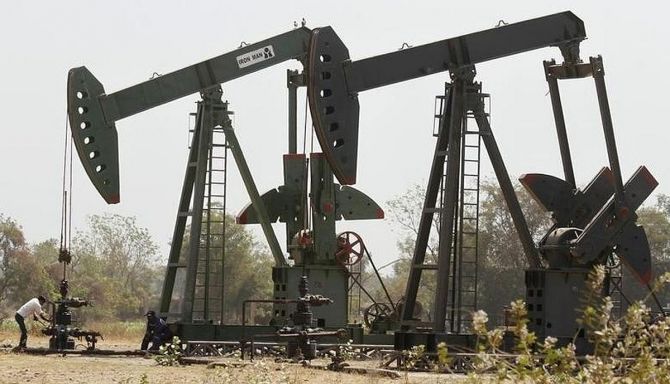Total quarterly coal production across the United States has held relatively flat since late 2021, but average employment in the sector has grown steadily since the third quarter of 2021, according to S&P Global Market Intelligence data.
The number of US coal miners increased 1.3% in the first quarter of 2023 from the prior quarter to an average of 45,473 employees. Coal employment has been rising incrementally since the third quarter of 2021, according to an S&P Global Commodity Insights analysis. Employment growth has primarily occurred in the Eastern US, where producers mine metallurgical coal for steelmaking and have access to export facilities.
US coal production was flat year over year in the first quarter at 148,875 short tons, dipping 399 tons, or 0.27%.
While there is near-term demand for coal in certain markets around the world, hesitancy to invest in a long-term future for the black rock has resulted in a dearth of new coal mines in the project pipeline.
During an April 27 earnings call, James Grech, Peabody Energy Corp. president and CEO, said the company expects to sell more thermal and metallurgical coal into seaborne markets for several years.
“We think demand is going to be growing, and supply is going to have a hard time responding to it,” Grech said.
Coal prices were volatile in 2022, but prices have been moderating in early 2023, according to Commodity Insights research published May 5. The forecast suggests increasing pressure brought on by the energy transition over the next decade will lower coal production.
US coal producers mined 594.8 million short tons of coal in 2022, Market Intelligence data showed. In its report, Commodity Insights forecast the domestic coal market will decline by 115 million short tons, or 19.3%, between 2022 and 2027.
Eastern US regions see production, employment boost
Eastern US coal producers have steadily increased output and employment since mid-2020, the analysis of US Mine Safety and Health Administration data showed. Miners in Northern Appalachia, Central Appalachia and the Illinois Basin all tend to require more person-hours per ton of coal mined than operators in the Powder River Basin in the Western US.
However, coal from the Eastern US also tends to have a higher energy density, making it more valuable to steelmakers. In addition, other coals mined in the region are well suited for shipment to power generators abroad via nearby ports.
Production in the Northern Appalachia region was up 2.2% quarter to quarter and 3.1% year over year in the first quarter to 23,454 short tons. Employment was down 2.0% quarter to quarter but up 7.1% year to year.
Central Appalachia coal producers, which primarily focus on metallurgical coal, increased production by 12.3% quarter to quarter and 14.0% year over year. Employment was down 2.0% quarter to quarter but up 9.4% year to year.
Production of Illinois Basin coal, which can be shipped down the Mississippi River and exported through the Gulf Coast, rose 9.3% quarter to quarter and 10.7% year over year. Employment was down 3.3% quarter to quarter but up 11.1% year to year.
Powder River Basin production, employment down slightly
Powder River Basin coal producers generally mine material sold to US power generators. A steady stream of coal-fired power plant retirements coupled with a lack of new plant construction has sharply curtailed the number of customers buying coal from the region.
Powder River Basin coal production was down 1.2% quarter to quarter and 3.4% year over year in the first quarter to 62,996 short tons. Average employment was down 1.5% and 1.6% over the same periods.
Source: Hellenic Shipping News






